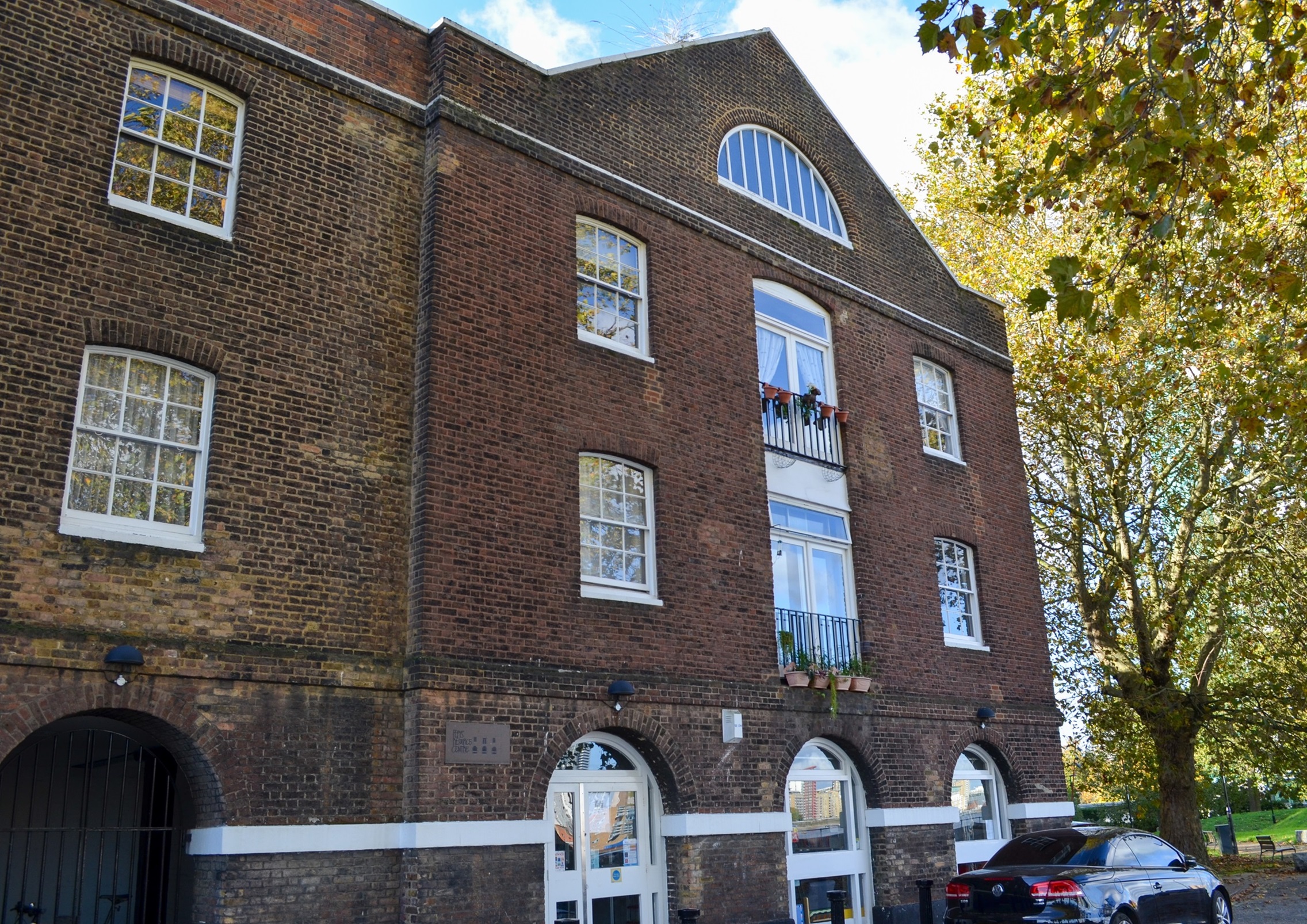
"After years of neglect, in 2016 women of the mixed heritage group We Women took over the library, which had been out of use for many years, cleaning it out and re-purposing for local communities… It was a mess, and was mainly used by a computer refurbishment charity. We started cooking and then, when we ran out of money, invited in a food bank. We started working with women’s groups and Red Ribbon, a homeless health justice organisation. Myself and another We Women member, Luciana Duailibe, led workshops for local women to share skills and set up their own businesses. During COVID we used the space to give out food to African and African - Caribbean communities. In the food bank we also started to teach people about the history of docks and its link to enslavement and colonialism, our history. This is how the Deptford People’s Heritage Museum was born.”
- Joyce Jacca
During the reign of Henry VIII the Pepys estate was part of the naval yard, a site for building, repairing and supplying both commercial ships and the royal navy. The building which now houses the Pepys Resource Centre was originally a rum store for the British Navy. Sir Frances Drake, James Cook, John Hawkins, and the East India Company used this historic port and its connection to the transatlantic slave trade and colonisation to accumulate wealth and power. The diaries of Samuel Pepys, after which the Resource Centre is named, are riddled with stories of enslaved people trafficked from Africa who served as domestic servants and as subjects for their tales of maritime ‘adventure’. In 1958 the estate was sold to the London County Council for housing for people who had been displaced by the demolition of Victorian terraces. Fifteen hundred homes were built for over five thousand people from working-class backgrounds. The estate was seen as an ‘exemplar of the welfare state’ both in terms of innovative design and its provision of children’s centres, youth spaces and a clubhouse for older people. It was also known for its conversion of existing buildings, one of which was the Pepys Resource Centre, converted from the rum store into a community library.
Reference:
https://www.lrb.co.uk/the-paper/v44/n12/fara-dabhoiwala/my-runaway-slave-reward-two-guineas